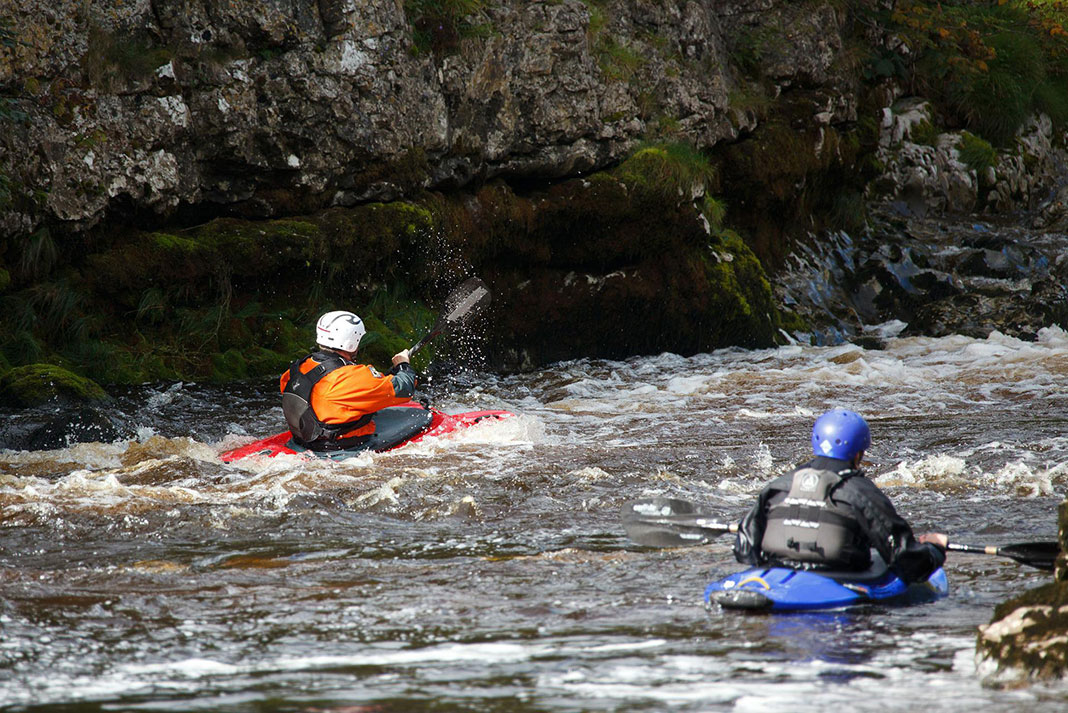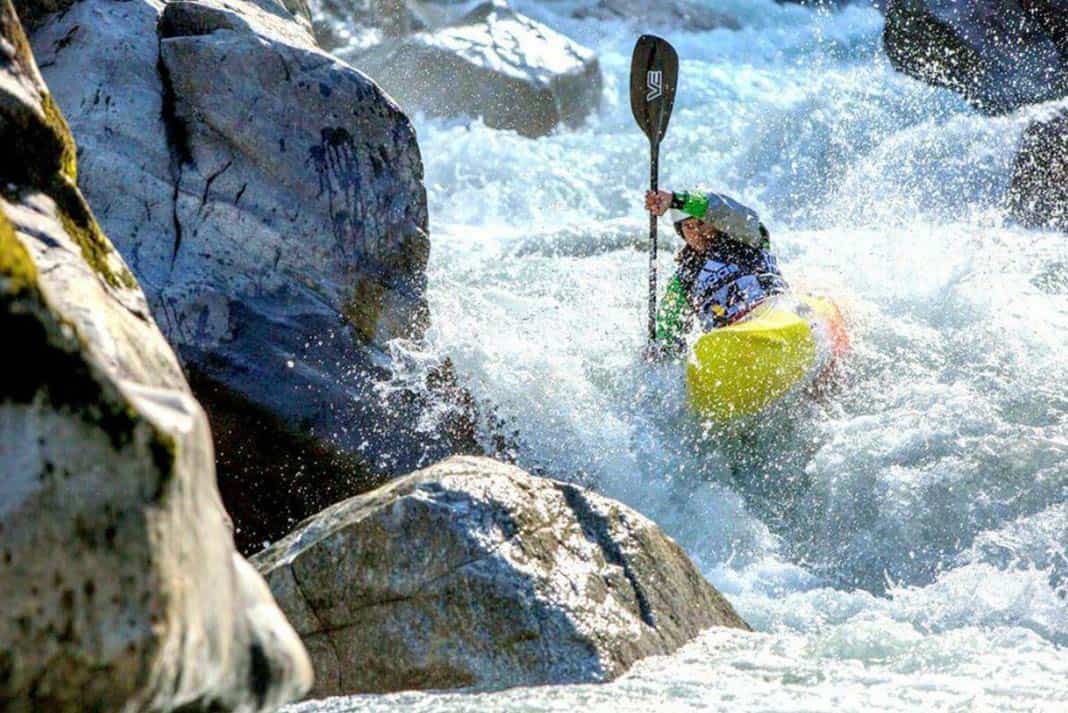Products You May Like
Russ Schroeder realized this wasn’t your typical spin cycle after the one-minute mark. Slipping off-line and into the don’t-go-there left side of the Petawawa River’s Suicide Rapid, Schroeder hit a retentive pour-over and flipped. The whitewater kayaker’s training on how to escape a hydraulic kicked in—but would it be enough?
“I knew the boat wasn’t going to flush, says Schroeder, “so I pulled my sprayskirt.”
Pinched in a narrow trough, he swam hard across the hole, grabbing for any water moving downriver; curled into a ball to try to reach the downstream current along the river bottom; and kicked off the rock whenever his body came into contact with something solid. After an estimated two minutes—an eternity in the disorienting, hypoxic realm of a powerful recirculation—Schroeder had exhausted every textbook hole-escape technique.
“I finally just went limp,” he remembers, “then I flushed.”
Two techniques to handle hydraulics
1 Deal with it
Swiftwater Rescue professionals like Rescue Canada’s Matt Cuccaro teach two proven self-rescue strategies for hole-escapes: swim for the side or swim for the bottom. Schroeder’s full-body surrender, which he admits was more the result of beginning to lose consciousness than a considered tactic, is a last resort.
“Stay active—it’s all about reaching for that water that’s moving downstream,” says Cuccaro. If you can’t get to a side, swim hard into the current and curl into a ball. With any luck, you’ll be driven deep into the flushing current below the recirculation.

Paddling in a group increases safety and rescue options. During his swim, Schroeder was unable to grab his sole paddling partner’s throw bag. Tag line and live bait rescues were potential lifesavers not possible with just one rescuer.
2 Avoid it
Thorough scouting is the best way to steer clear of a sticky situation. Be especially wary of frowning holes—those with edges that curve upstream, feeding back into the center—and quiet, or relatively unaerated, hydraulics. The latter recirculate well below the surface so are particularly hazardous for swimmers.
The critical factor is the distance between the pour-over slot and the boil line, which delineates where current begins moving downstream. In general, walk around anything with a boil line over half a boat length.
What to avoid, and how to escape if you do get caught in a hydraulic. | Feature photo: Courtesy Pyranha
